This 12-part blog series will share the vision, architectural challenges, and construction effort involved in building a new house, one that defies conventional home design by integrating the environment in a rigorous, unprecedented and beneficial way.
By Bill Kaufman, Founder & CEO of WESKetch Architecture + Construction | July 14, 2020
When my phone rang, I was delighted to hear the voice of Molly Tonero of Turpin Realtors in Bernardsville. A friend and longtime business contact, she told me about a potential new residential construction project in the heart of the New Jersey Highlands. Molly’s clients were conservationists, but WESKetch has had many clients that were environmentalists at heart. A few weeks later, however, when I met her clients for the first time, I had a sense that this project would be anything but conventional.
I met Jason and Deborah at their home in Montclair, NJ. We had an interesting discussion about what they were hoping to do. We also talked about their philosophy about life, passion for wine, taste in art, and interest in furniture design. It was clear to me that there would be nothing generic about this design-build project; Jason and Deborah were motivated homeowners looking to build a home that embodied their passions and worldview.
Weeks later, when Jason found the 43-acre parcel of land for the house, I looked at the property on Google Earth and saw woodlands, a large open field, and the potential to site a house with an ideal orientation to the sun. The land choice was perfect, and an image of a unique homestead began to take shape in my mind.
On the Boards: A New Jersey homestead
As I spent time talking with Jason and Deborah, I learned about the facets of their lives. This new homestead—the home and surrounding land—would need to accommodate different family members with varied lives.
Jason loved music, had a band, and needed a study to work and manage his business interests. He was an early riser and would exercise before the day began, so he would need an area where he could be up and about while the rest of the home moved to a different schedule.
Deborah was a Master Gardener and Birder, avid writer, and environmental educator at a small public garden in Montclair. She would need a retreat to write, work and reflect, and I penciled in that her space should have a broad view of the grounds.
There were grown children who would return for visits and a grandparent that would need a living space free of stairs. My initial vision was a series of personal spaces or pods with connected living areas—a compound separated by covered walkways that maintain a clear separation of space for privacy and accommodate different needs.
The Small House evolves
As with any relationship, time gifts deeper understanding.
As the weeks went by and I continued to speak with Jason and Deborah, I began to more fully grasp their priorities. Separate spaces to accommodate the family’s lifestyle were, in fact, completely secondary to their true vision.
At its core, their homestead was about:
-
embracing the stewardship of the land—leaving it better than how one found it
-
minimizing the carbon footprint of the home
-
increasing the biodiversity and health of the flora and fauna through regenerative permaculture and farming techniques, and
-
sourcing materials locally in support of the surrounding community
The house required efficient, shared spaces, not a multitude of separate ones. A plethora of physically distinct living spaces would create too much roof area, too many walls, too many opportunities for heat loss. We would need to track dew points in the walls, be thoughtful about our choice of insulation, and ensure there was no thermal conductivity. I wanted materials that would stand the test of time and not have to be replaced. The original concept of the Small House was, arguably, the inverse of the priorities and design that began to shape the project.
So, I went back to the drawing board.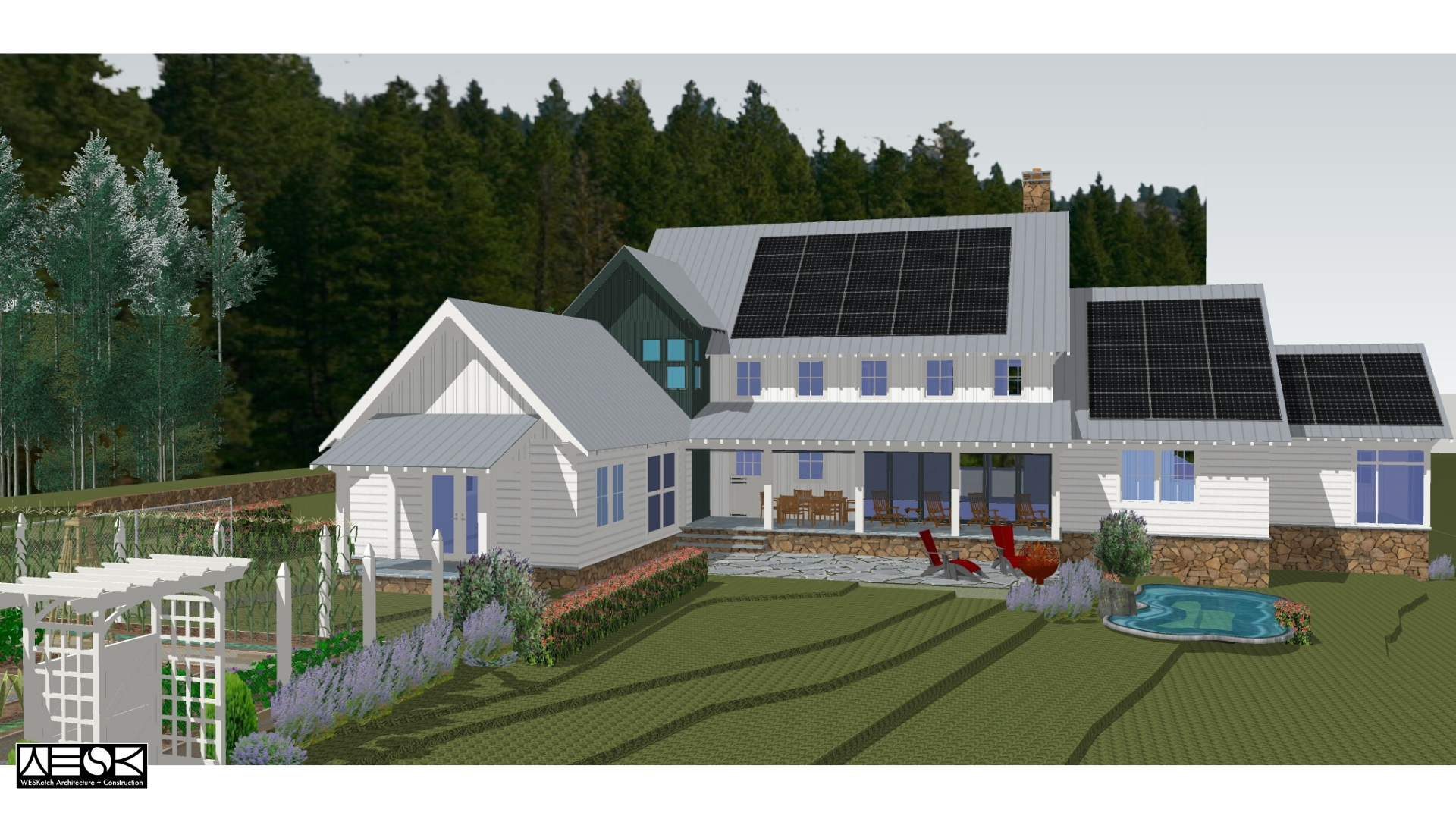
In pursuit of the passive house
As I sketched out a new rendering of the homestead, lifestyle and convenience certainly remained factors but were no longer the primary drivers of the design. The priorities would be guided by sustainability, energy-efficiency, and the home’s integration with the land surrounding it. There would be compromises, but green buildings are often designed in this way and evolve in a manner that achieves a higher purpose. With complex goals and more stakeholders, I paused to reflect on our project North Star, “…to seamlessly meld the built-environment into the natural anatomy of the land…[and to] design and build a structure to minimize the carbon footprint of the home while improving the biodiversity and health of the terrain with time.”
This project required a holistic view that encompassed both the architectural design and the construction process. Many different professionals and stakeholders would be involved. The residence would be a Net Zero home, one that produces and stores all of the energy it requires over the course of the year utilizing renewable energy sources. There would be solar power and ground-source heating and cooling. The building envelope design was critical, and I began to assess the current rendering in the context of the five design-standards of a passive house—challenging with the temperate and changing seasons of the northeast United States. In addition, there was Permaculture, regenerative, organic farming, and a desire to use locally-sourced materials by the homeowners, all integral to the final outcome. We would encounter regulatory hurdles from being in the Highlands area of the state, complex siting issues due to the riparian zones, as well as township requirements due to Farmland Preservation Zoning. Our approach would have to be nimble, and in my view, the project itself was doable in large part because WESKetch could both design and build it—something Jason and Deborah also felt was vital for a project of this complexity and one of the reasons they initially sought out working together.
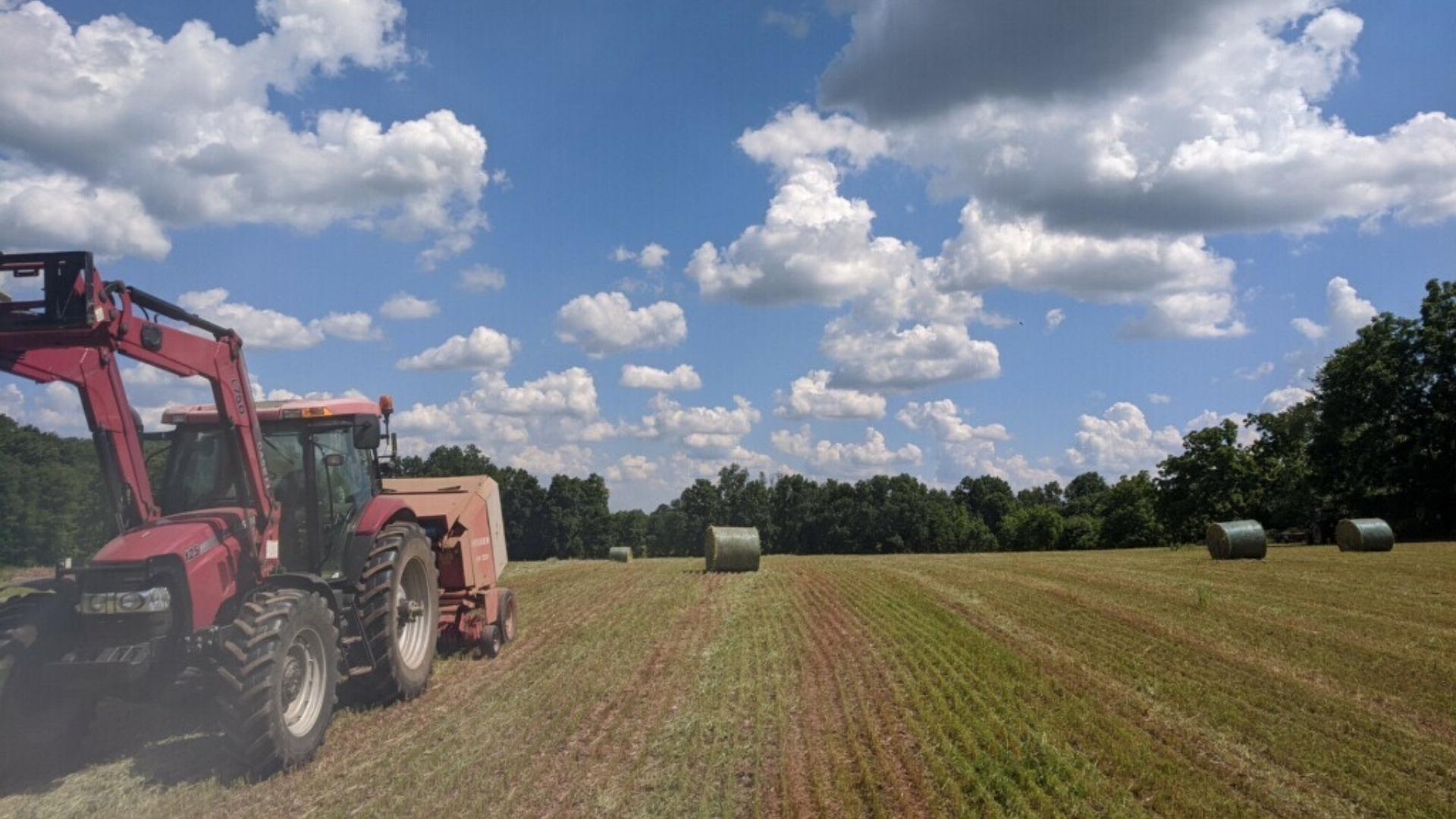
First nonconventional crop at the homestead
Why the passive house is unlike other projects
WESKetch Architecture + Construction has been in business for 25 years, and we have designed and built residential projects of every style and size.
This one is different:
The homeowners are engaged and motivated. They leave no stones unturned as various phases of the project are discussed, agreed, and implemented.
The project is truly ground-up. When building a passive house, architects utilize energy modeling to guide project design and construction. Although energy efficiency infuses every facet of the design, the project is also framed by a deep awareness and commitment to the local community, township, and land.
The location and property themselves are sources of inspiration and influence the final decisions that are being made.
The current public health crisis is unlike anything my firm has ever experienced before, and it brings with it a host of additional operating and construction restrictions. Tasks such as getting materials to and from the job site, for example, now pose one of a long list of logistical challenges.

One of Jason and Deborah’s Ragdoll cats, Alfredo, basking in the sun at home
I believe that when designing a residence with many layers of complexity, it is easy to lose sight of two simple truths. The first is that any house, passive or otherwise, is first and foremost a home, which must accent the lives of its residents.
The second truth is embodied in a saying by social and political writer, John Ruskin. Ruskin’s quotation is engraved in a glass block that sits in the entrance foyer of WESKetch’s offices in Millington, NJ, and has always been a tenet of our firm’s philosophy:
“When we build, let us think that we build forever. Let it not be for present delight nor for present use alone…”
Ultimately, it’s not just about getting it done. It’s about getting it right.
With approved building permits in hand, we are ready to start construction, and the homestead now has a name—Cold Brook Farm.
Our pursuit of the passive house continues.
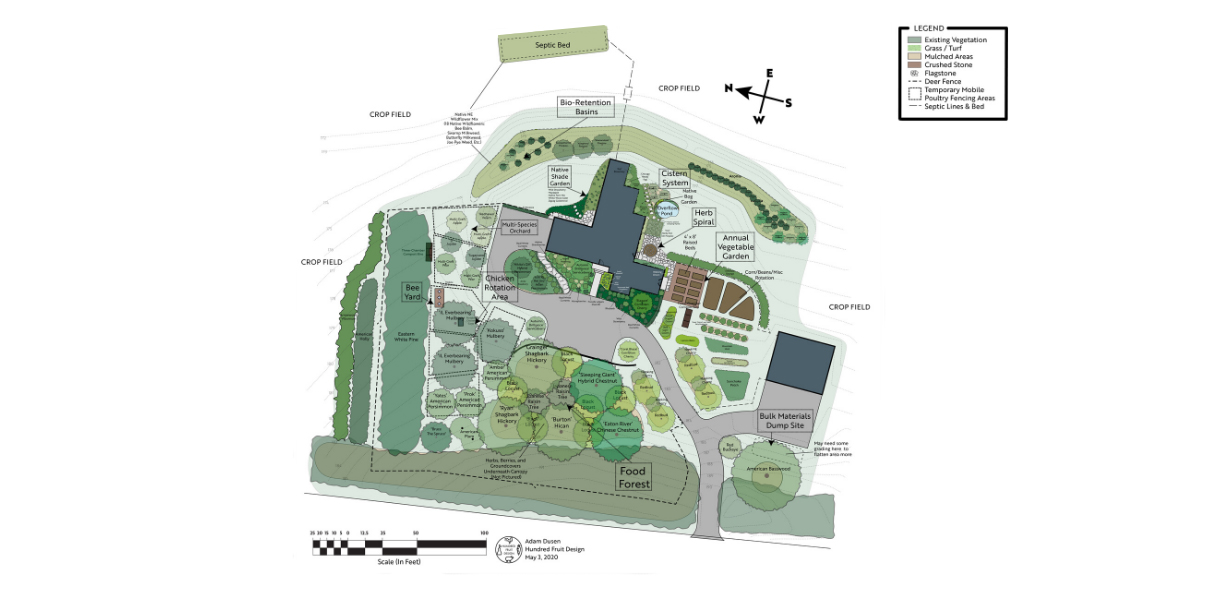
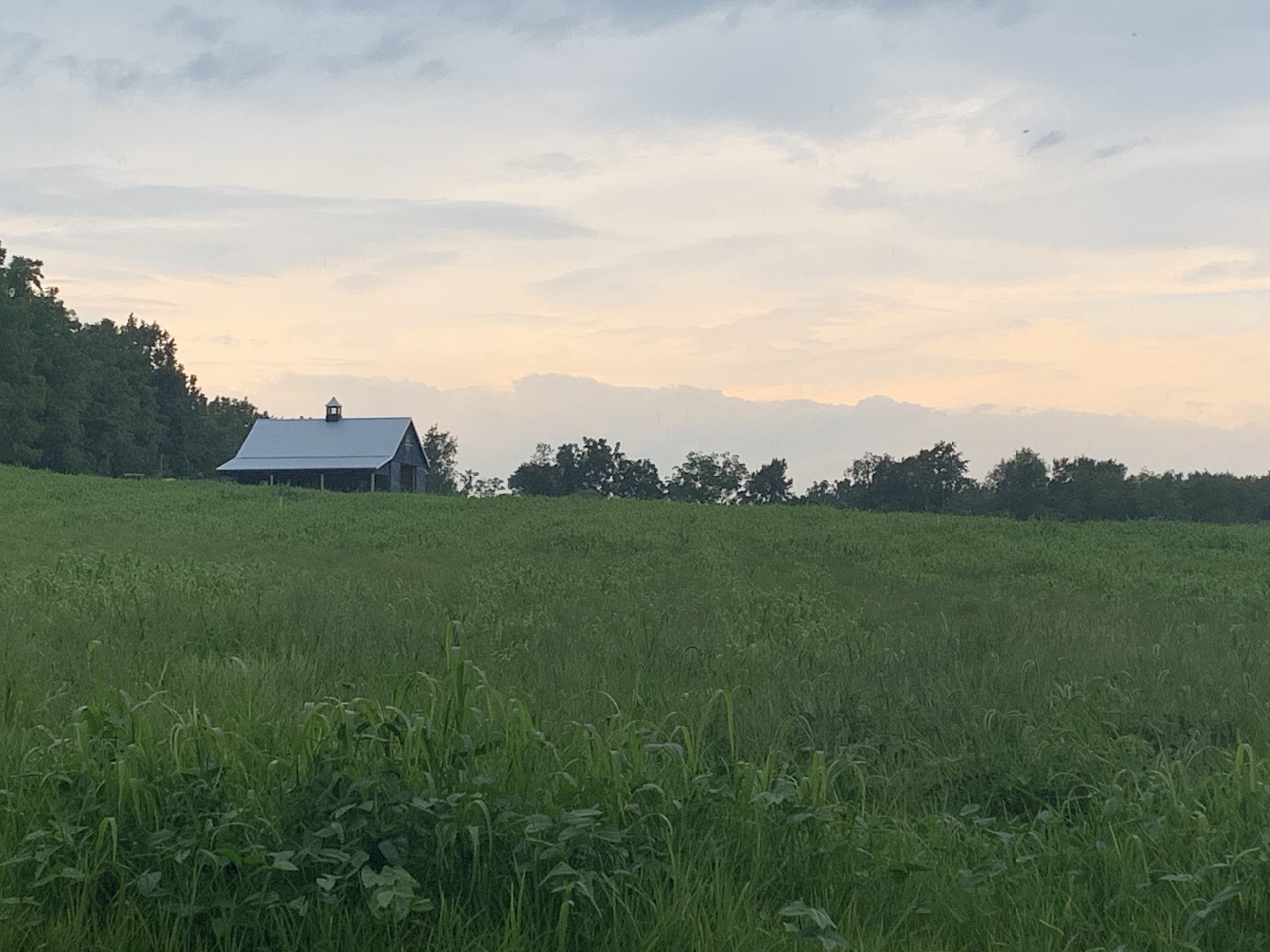



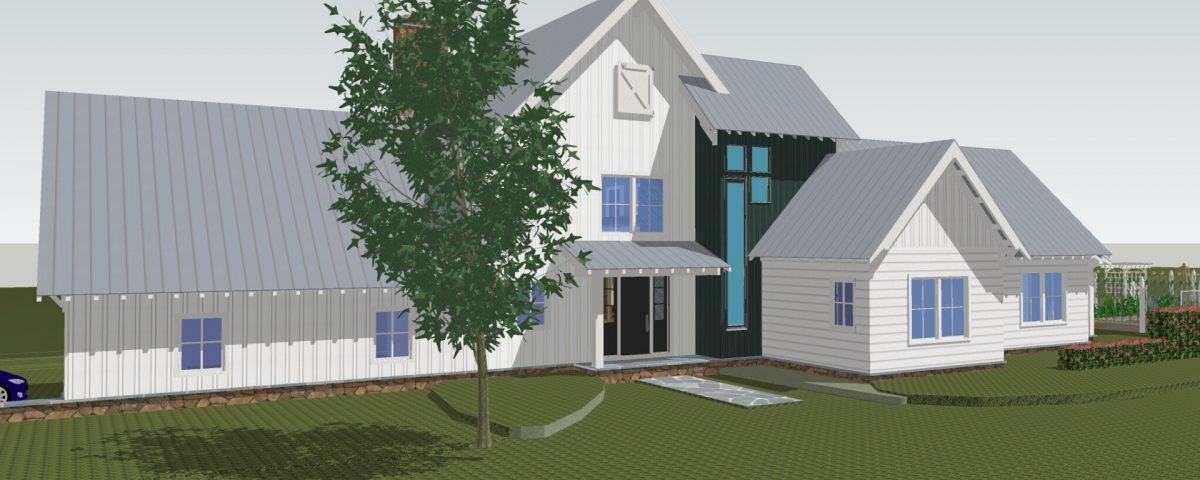


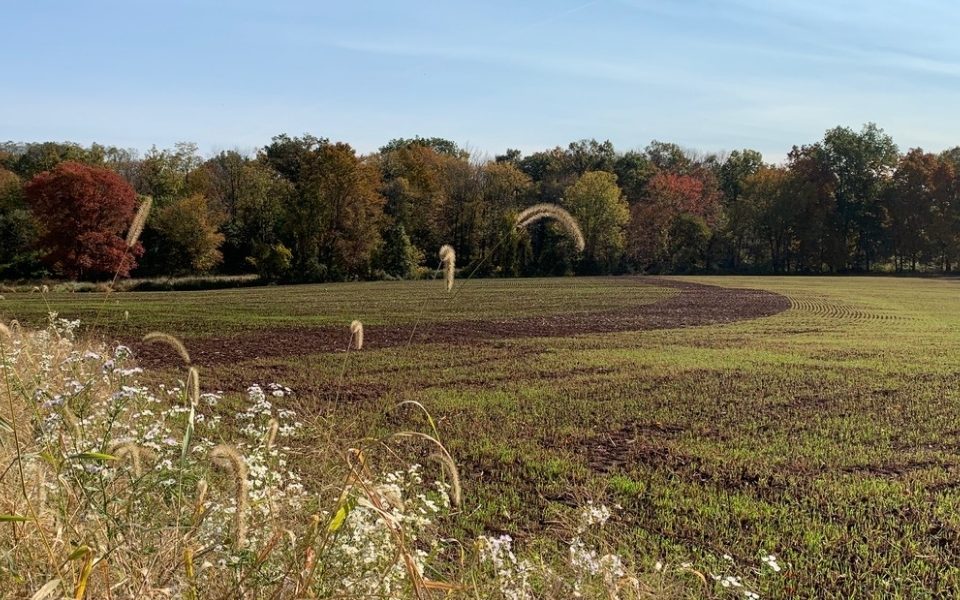
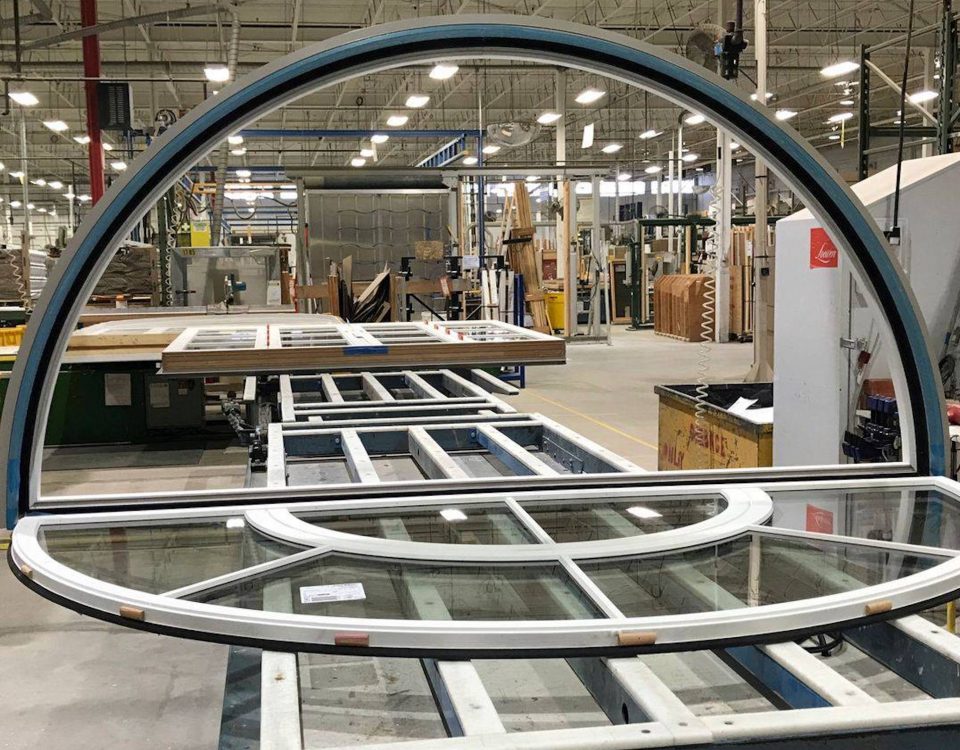
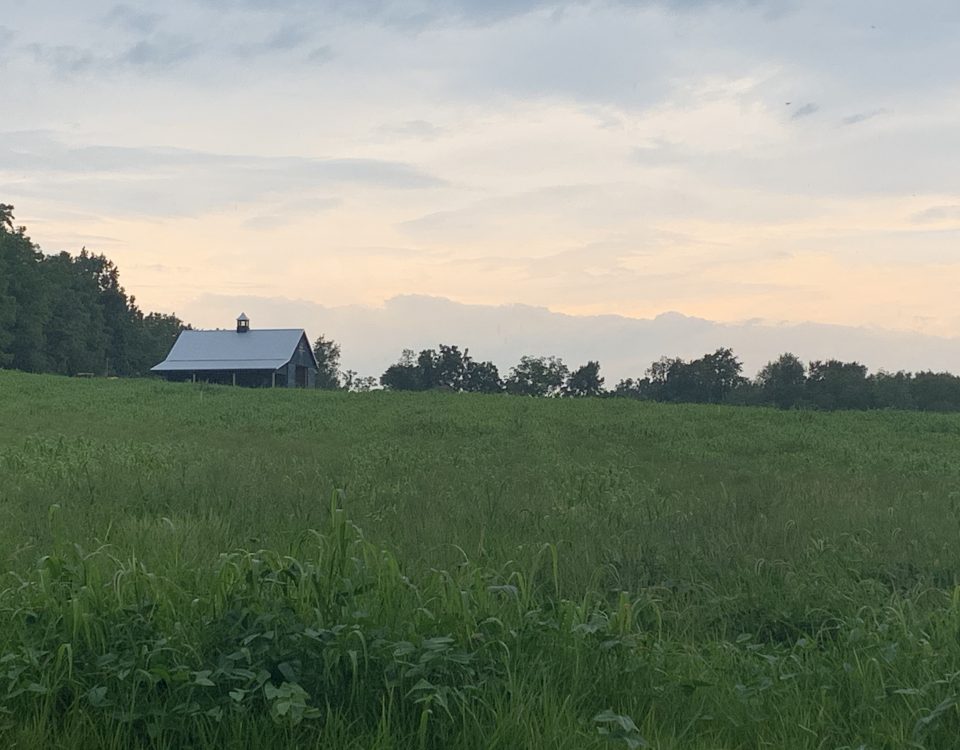
5 Comments
I’M SO GLAD TO HEAR THAT A NEW COLD BROOK FARM IS ABOUT TO BE BUILT… I REALLY LIKE THE HOME CONSTRUCTION PLANS AND IT SURE WILL LOOK GREAT ON THAT BEAUTIFUL FIELD….
Love the blog and the pursuit of this lifestyle. It felt as though I was reading history, and I’m sure those far in the future will love to read about the thought and planning that went into your home. Can’t wait to see the final result of your dream.
Ciao Jason. All I can say is WOW in bocca al lupo
I am sinning against the 10th commandment as I read this – coveting my neighbor’s house! I am also committing one of the 7 deadly sins – envying your building envelope, ability to have geothermal and passive solar energy, and having something brandy new. My 113 year old house is a drafty, gas guzzling, old dame drifting to decrepitude that demands constant attention and money. I love her but …. I hope all will go to plan and you will find pleasure in the process and pride in the end result!
So interested to see how this all unfolds